The cave was first described in the 17th century by the pioneer of study of karst phenomena, Johann Weikhard von Valvasor.[4] In 1818, when the cave was being prepared for a visit by Francis I, the first Emperor of the Austria-Hungary, a new area of the cave was discovered accidentally by local Luka Čeč.
- First tourist guide and electric lighting
In 1819, Archduke Ferdinand visited the caves, this is when the caves became officially known as a tourist destination. Čeč became the first official tourist guide for the caves when the caves were opened to the public. Electric lighting was added in 1884, preceding even Ljubljana, the capital of Carniola, of which the cave was part at the time, and further enhancing the cave system’s popularity.
- Cave rails
In 1872, cave rails were laid along with first cave train for tourists. At first, these were pushed along by the guides themselves, later at the beginning of the 20th century a gas locomotive was introduced.
- Blackening of the entrance
During World War II, German occupying forces used the cave to store nearly 1,000 barrels of aircraft fuel, which were destroyed in April 1944 by Slovene Partisans. The fire burned for seven days, destroying a large section of the cave and blackening the entrance.[5][6][7]
- After World War II
After 1945, the gas locomotive was replaced by an electric one. About 5.3 kilometres (3.3 mi) of the cave system are open to the public.[8] In June 2015 the cave administration reported that cave divers managed to explore a further underwater section of the cave leading towards Planina Cave, thus lengthening the cave system from 20,570 m (67,490 ft) to 24,120 m (79,130 ft).[9]
Postojna Cave’s most beautiful stalagmite is called the Brilliant. Looking at this marvellous shiny white limestone formation, you cannot but agree that it is entirely worthy of its name. The approximately 5-metre-tall stalagmite ‘Brilliant’ is located at a spot with a strong and even drip from the ceiling. A thin layer of pure calcite sinter is deposited constantly and evenly by the water trickling down the rounded crown of the stalagmite, which gives the stalagmite an outstandingly white and shiny appearance. It therefore comes as no surprise that the stalagmite has been the symbol of Postojna Cave and the Slovenian Karst for decades. Standing right next to it is a baroque-like pillar.
Picture from Wiki
The olm (Proteus anguinus) has always excited people’s imagination. Initially, it was believed it was the dragon’s offspring brought onto the surface by high waters. As a matter of fact, there might be some truth to these old beliefs. The olm is a neotenic animal, which means that adult olms retain most of their juvenile features. And if the olm decided to grow up… wouldn’t it perhaps really turn into a dragon?
The olm or proteus (Proteus anguinus) is an aquatic salamander in the family Proteidae, the only exclusively cave-dwelling chordate species found in Europe. In contrast to most amphibians, it is entirely aquatic; it eats, sleeps, and breeds underwater. Living in caves found in the Dinaric Alps, it is endemic to the waters that flow underground through extensive limestone of karst of Central and Southeastern Europe, specifically southernSlovenia, the Soča river basin near Trieste, Italy, southwestern Croatia, and Herzegovina.[2]
It is also occasionally called the “human fish” by locals because of its skin color, similar to that of white people (translated literally from Slovene: človeška ribica and Croatian: čovječja ribica), as well as “cave salamander” or “white salamander”.[3] In Slovenia, it is also known by the name močeril, which translates as “the one that burrows into wetness”.[4] It was first mentioned in 1689 by the local naturalist Valvasor in his Glory of the Duchy of Carniola, who reported that, after heavy rains, the olms were washed up from the underground waters and made local people believe that they saw a cave dragon’s offspring.
This animal is most notable for its adaptations to a life of complete darkness in its underground habitat. The olm’s eyes are undeveloped, leaving it blind, while its other senses, particularly those of smell and hearing, are acutely developed. It also lacks any pigmentation in its skin. It has three toes on its forelimbs, but only two toes on its hind feet. It also exhibits neoteny, retaining larval characteristics like external gills into adulthood,[5] like the American amphibians, the axolotl and the mudpuppy. The olm is the only species in the genus Proteus and the only European species of the family Proteidae.
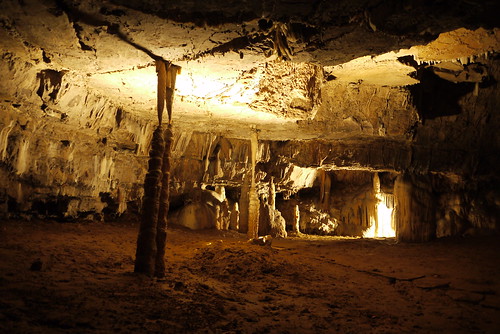
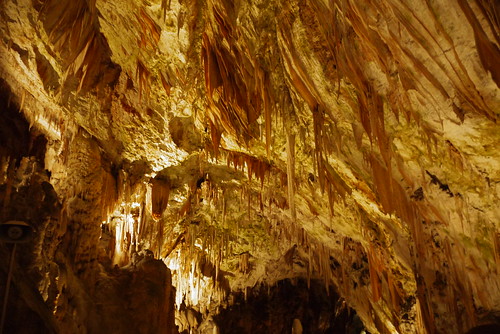
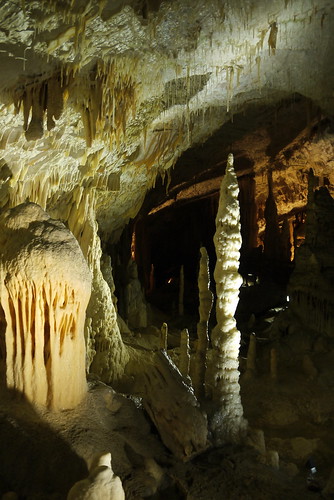
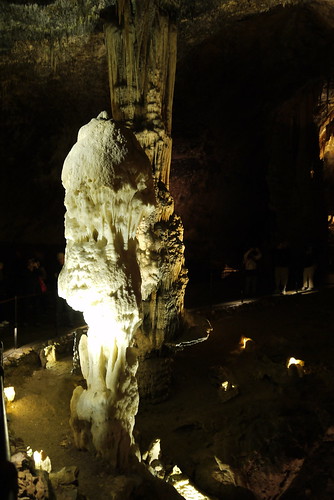

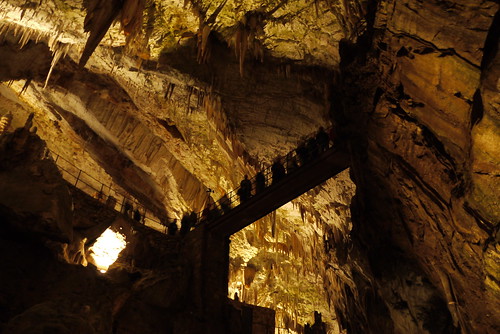








This presentation is packed with great images and twice as much information Cherie… thanks for sharing this with us….peter:)
Thank you Peter
As a child I loved going ‘under ground’ and see the wonders what is down there. Fascinating and wonderful pictures, Cherie.
This cave is amazing due to its size!
Wow. An amazing place to visit. And I’m fascinated by the olm.
They are fascinating there is a black version that they have found in the area which I had not heard of before. It is even rarer than this white variety
If you like cave exploring, you should visit Gunung Mulu National Park in Malaysia.
It’s a World Heritage Site
Go look it up.
It looks fascinating and it has the Karst formations that I saw whilst in Slovenia
Fascinating to see the wonderful spectacle that lay beneath our feet in places.
You would enjoy a visit there and I would enjoy seeing your photos of the caves
What a fascinating post – I love caves and would love to visit these ones. (Of course, I’d like to replicate your whole trip!)
I like the word neotenic. I have a neotenic cat who, at nine years of age, has only recently begun to shed get kitten-like looks.
The Proteus fascinates me, it is so rare and unusual. I was even more fascinated to find out that there was an even rarer black form of this species